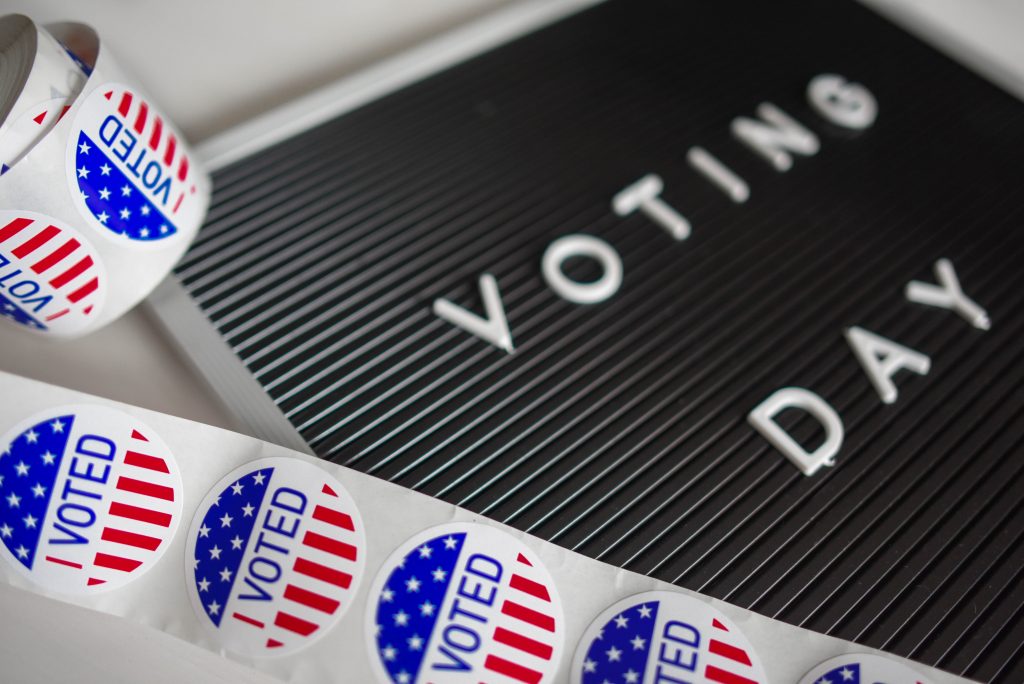The Iowa caucuses turned into a political quagmire yesterday, with many results unable to be counted, or counted accurately, marking a messy start for the Democrats seeking to unseat Donald Trump as President.
The Iowa Caucus took place on Monday, Feb 3 2020. This year, the Democratic party in the United States chose to register votes from the caucus locations through an app rather than phone in the results like they have in the past.
For anyone watching live, it might seem like the app was a grave mistake and the future of the election was now in question, but in reality, while the Iowa caucus can be a predictor of how the rest of the country votes, there are events in every state leading up to the national convention and the election has not imploded.
At the time of writing, Pete Buttigieg and Bernie Sanders are in the lead with ten delegates apiece. (at 62% of the state reporting, 24 of 41 delegates have been assigned).

To understand the importance of the Iowa Caucus to the Democratic party, and get a sense of what is yet to come, there are some important questions that need to be asked. What is a caucus? What are “delegates”, and what’s next?
Primaries vs Caucuses
The ultimate goal of the current machine of the American electoral process is to nominate delegates to attend the national convention. The delegates from each state then get to participate in the process that selects one candidate from the party to run for President. In total, the Democratic party has 3,979 electable delegates in the run-up to the Democratic National Convention (DNC) in July. The decisions made in the coming months will determine the percentage of delegates that each candidate will have supporting them at the DNC, at least, that’s the idea.
There are two key ways that delegates are elected in the primary process; caucuses and primaries.
A Primary is a preliminary election. The vast majority of states now use primary elections to determine their delegates for the convention. The system of voting ranges from state to state. Some states have closed primaries where only registered party members can vote, some hold open primaries where anyone – regardless of party alignment – can vote for the candidates, and others have a non-partisan primary where the top two candidates – regardless of party – will be run against each other in the general election.
A Caucus is a gathering of people. There is no electronic voting before or after the event. Voters will gather in groups in their communities across the respective state or territory and form groups in favour of a candidate. Once the total number of citizens in each group is counted, they will contribute to the percentage of delegates each candidate will win from that state.
What’s next?
For those of us outside of the United States, it can be difficult to know what to look for, or what is going on. Below is a map visualizing where and when primaries or caucuses are happening across each state.
If you mouse-over the flags on the map, you will be able to see when each state will be voting in the Democratic Party primary cycle, how many delegates are in each state and the colour of the flag denotes if the state holds a primary or a caucus.
The road to the National Convention
There is still a long way to go from Iowa to the DNC in July. The dates and elections shown in the following timeline denote the events and dates for just the DNC primaries and caucuses.
It is worth keeping in mind that some years – like this one – the Republican party is also holding primary elections and caucuses. While many of the elections will be held on the same day for each party in respective states, there are some noteable exceptions. For example, while the Democrats hold a primary in Kentucky, the Republicans will be caucus-ing.
To visually see the difference between the two systems, you can views a calendar at this link: at 270towin.com. The combined electoral events are purple, and the individual events use the party colours.
